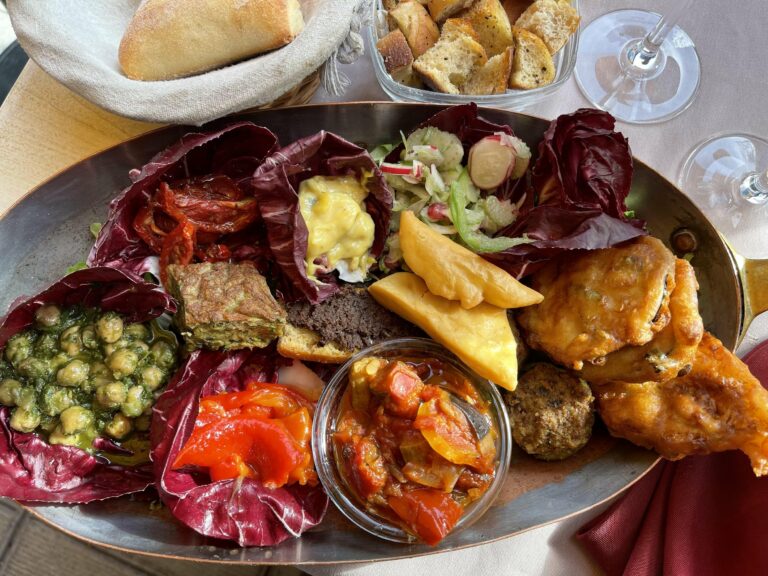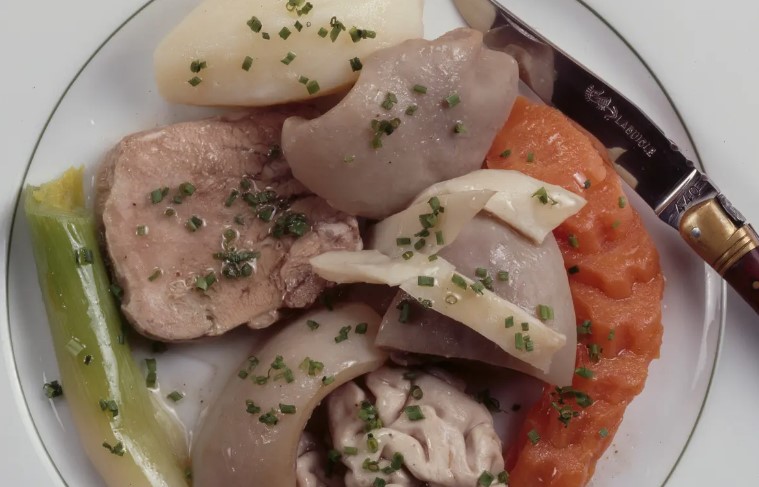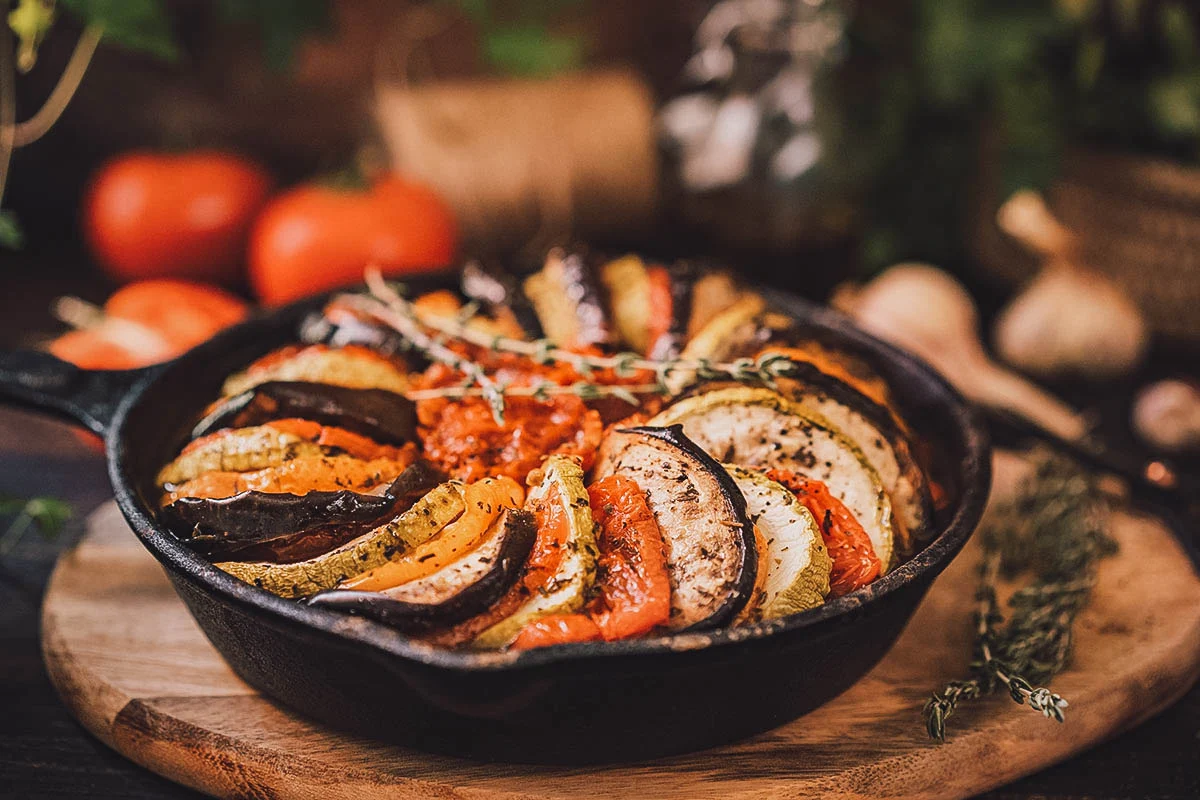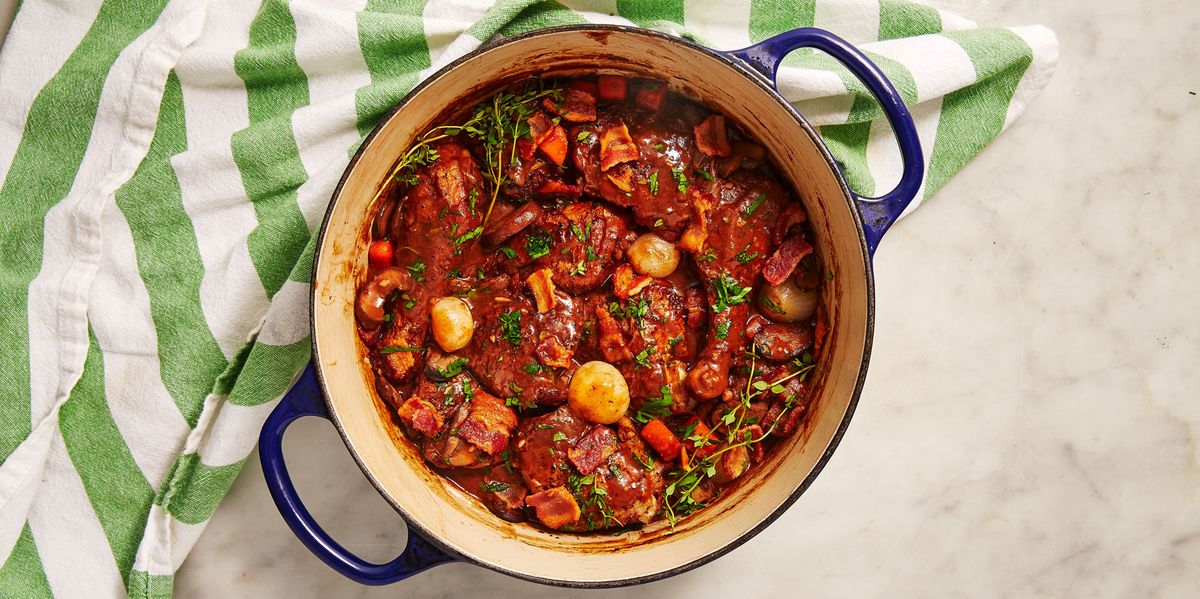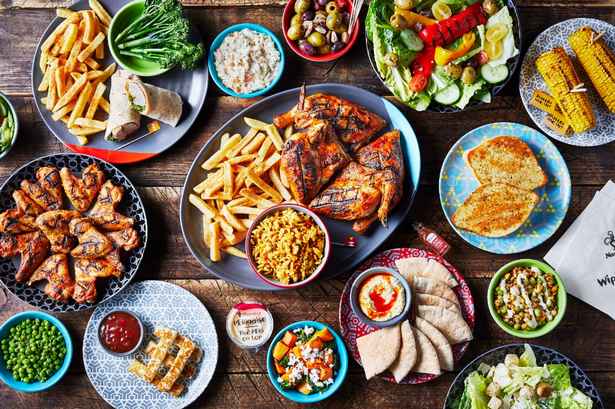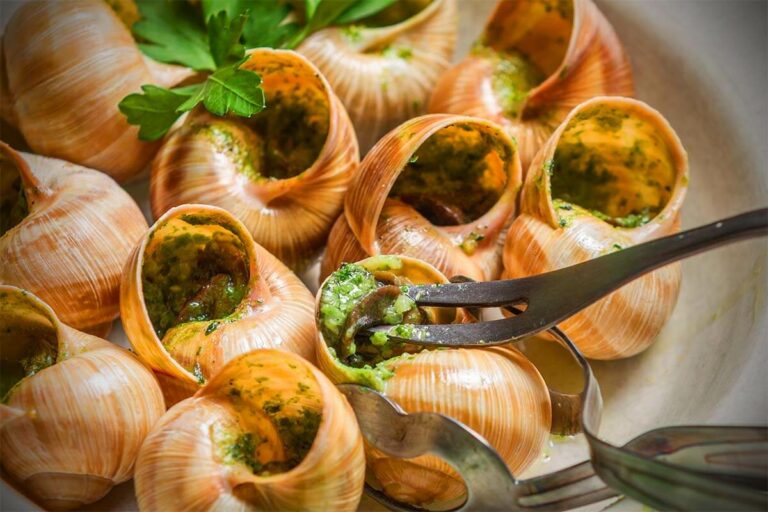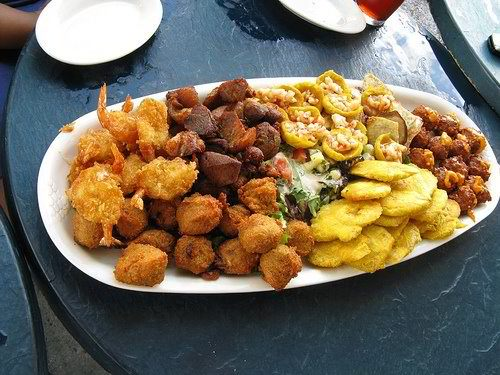Introduction: Exploring French Cuisine
When it comes to gastronomy, French cuisine is globally renowned. French cooking is characterized by its elegance, sophistication, and finesse. French culinary traditions have evolved over the centuries, and today, French cuisine is considered one of the most refined and complex in the world. French cooking has a unique approach to ingredients, often focusing on natural flavors, and using ingredients that might seem uncommon to other cultures.
The Role of Ingredients in French Cooking
French cooking relies heavily on ingredients to create depth and complexity in its dishes. The quality and freshness of the ingredients are paramount in French cuisine, and there is a focus on using local, seasonal, and sustainable produce. French chefs often work with the raw ingredients, ensuring that they are treated properly to bring out their natural flavors and textures. From meats, seafood, vegetables, and fruits to herbs, spices, and cheese, each ingredient plays a crucial role in French cooking.
Unique Ingredients in French Cuisine
French cuisine has a rich and diverse culinary history, and this has led to the use of unique and sometimes surprising ingredients. Some ingredients that might seem uncommon in other cultures are staples in French cooking. For example, snails, frog legs, and offal (animal organs) are often used in traditional French dishes. Other ingredients such as truffles, saffron, and foie gras are considered luxury ingredients and are used in high-end French cuisine.
Herbs and Spices: Essential Flavors in French Cooking
Herbs and spices are essential to French cooking, and they add depth, flavor, and aroma to dishes. French cuisine often uses a bouquet garni, a bundle of herbs such as parsley, thyme, and bay leaves, tied together with a string, which is used to flavor soups, stews, and sauces. Other common herbs used in French cooking include tarragon, chives, and chervil. Spices such as cinnamon, nutmeg, and cloves are also used in sweet French dishes.
The Versatile Use of Cheese in French Cuisine
France is famous for its wide variety of cheese, and cheese is a crucial ingredient in French cuisine. French cheese comes in many different forms, from soft and creamy Brie to hard and sharp Roquefort. Cheese is used in dishes such as quiches, soufflés, and gratins, and is often served as a stand-alone dish with bread and wine.
Uncommon Ingredients Used in French Cuisine: Offal, Escargots, and Bouillabaisse
Offal, escargots, and bouillabaisse are ingredients that might seem unusual to some, but they are staples in French cuisine. Offal, the internal organs of animals, is often used in dishes such as pâté, terrine, and haggis. Escargots (snails) are a delicacy in France and are often served with garlic butter. Bouillabaisse, a traditional fish soup from Marseille, includes various types of fish, shellfish, and vegetables and is typically served with rouille, a garlic mayonnaise. These ingredients are part of the unique and diverse culinary heritage of French cuisine.
Conclusion: A Culinary Adventure in French Cuisine
French cuisine is a culinary adventure that can take you on a journey through the flavors, textures, and aromas of France. The use of unique and sometimes surprising ingredients is part of the charm of French cooking, and it is what makes it stand out from other culinary traditions. Whether it is snails, offal, or exotic spices, French cuisine has something to offer for everyone. So why not embark on a culinary adventure and explore the wonders of French cuisine?


